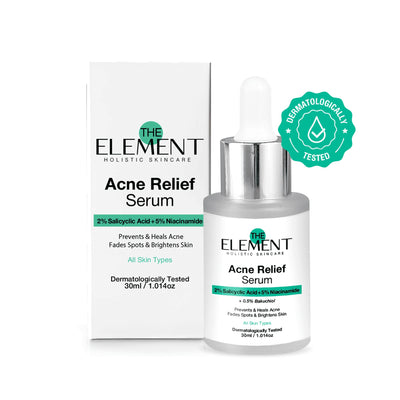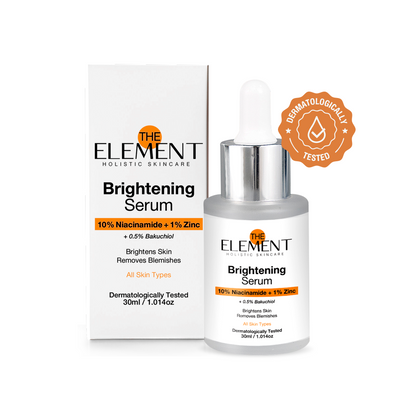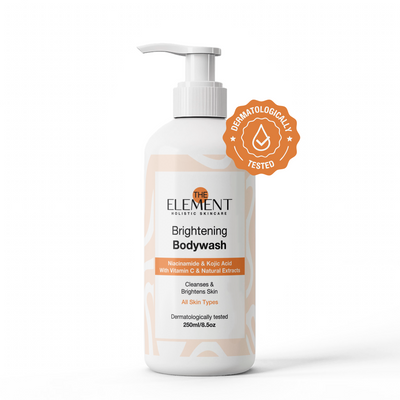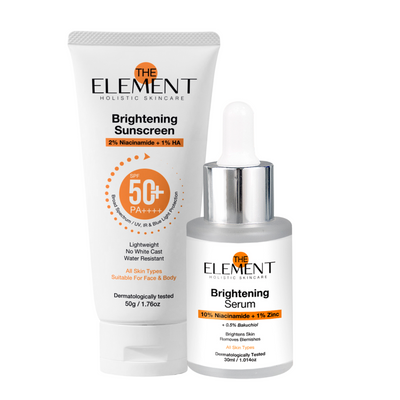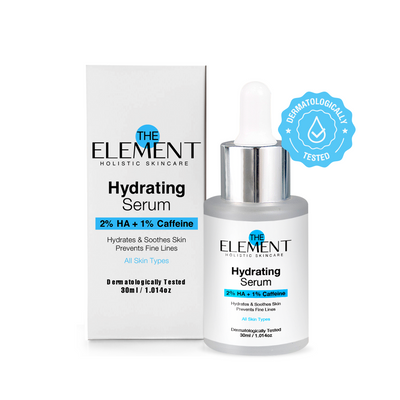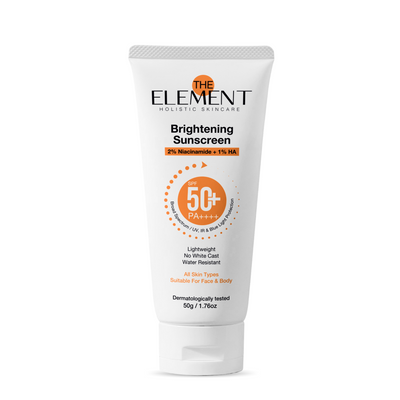Zits on Face: Causes, Meaning, Safe Treatment, and What To Do About Sudden Breakouts
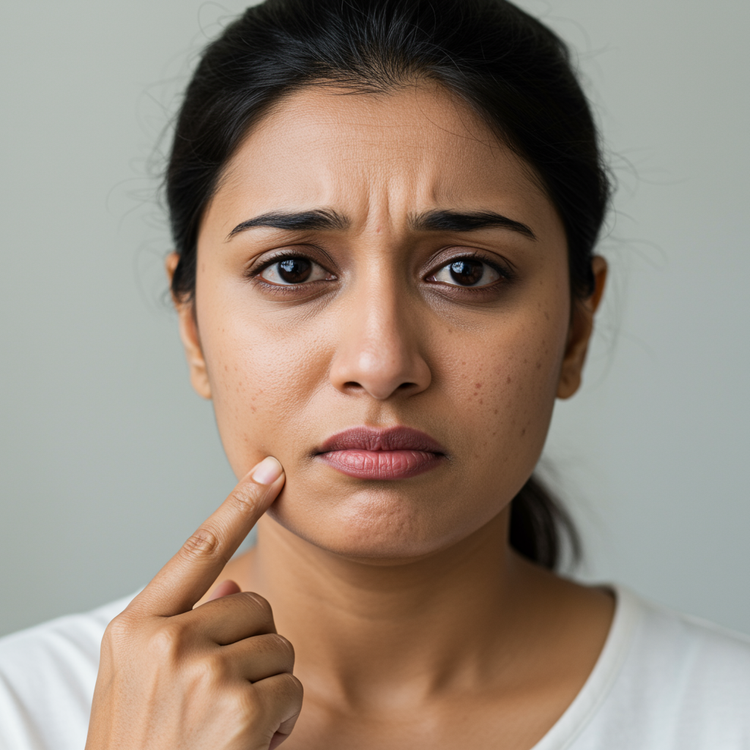
Introduction
If you’re dealing with zits on face, you’re not alone. Whether it’s a random whitehead before a big event or stubborn breakouts that won’t budge, understanding zits on face meaning, zits on face causes, and zits on face treatment can help you clear your skin faster and prevent scars. In this guide, you’ll learn exactly what causes zits breakouts on the face, why zits on face popping can backfire, what to try instead, and how to build a routine that works with all skincare products you already use.
To make this actionable, we’ve included expert guidance from board-certified dermatologists and linked credible sources so you can go deeper.
What are “zits on face,” exactly? (Meaning)
“Zits” is a casual word for acne lesions—whiteheads, blackheads, papules, pustules, nodules, and cysts—that form when pores get clogged with oil (sebum), dead skin cells, and acne-causing bacteria. Depending on the depth and inflammation, zits can be surface-level (comedones) or deep and painful (nodules/cysts). Genetics, hormones, and skin-care habits all influence how often you’ll see them.
What causes zits breakouts on the face?
While acne is multifactorial, the most common, well-supported triggers include:
- Excess oil production driven by androgens, stress, or certain life stages, which increases the likelihood of clogged pores.
- Sticky dead skin cell buildup that isn’t shedding properly (a process called hyperkeratinization), trapping sebum inside.
- C. acnes bacteria overgrowth in clogged pores triggering inflammation.
- Hormonal fluctuations around menstruation, pregnancy, puberty, or from certain medications.
- Comedogenic or occlusive skincare, makeup, sunscreen, or hair products (think heavy oils, pomades near the hairline).
- Lifestyle factors like high-glycemic diets, some dairy intake in acne-prone individuals, and significant stress.
- Mechanical friction and occlusion from helmets, masks, chin straps, or pillowcases (acne mechanica).
If you’re seeing sudden zits on face, consider new variables: a different sunscreen, a change in your cycle or birth control, more intense workouts without cleansing after, a high-stress period, or a new hair product migrating to your forehead or cheeks.
Should you pop zits on your face?
Short answer: No—especially not inflamed or deep ones. The American Academy of Dermatology notes that DIY popping can push contents deeper, worsening inflammation, scarring, and infection risk, and “you also run the risk of getting an infection from the bacteria on your hands” when you pop pimples yourself American Academy of Dermatology. Northwestern Medicine adds that squeezing can lead to “lasting color or pigment change,” according to dermatologist Lauren Taglia, MD, PhD Northwestern Medicine.
Expert insight: “If you manipulate a pimple, you can drive inflammation deeper, extending healing time and increasing the risk of scarring or post-inflammatory hyperpigmentation,” says a board-certified dermatologist. That’s why professionals use sterile technique and selective procedures when extraction is warranted.
Special caution zone: Avoid popping in the “danger triangle” (from the corners of your mouth to the bridge of your nose). Infections here can, in rare cases, spread more seriously due to venous connections. Dermatologists advise avoiding picking in this area Health.com.
If a lesion is extremely painful or deep, a dermatologist can inject a corticosteroid to rapidly reduce swelling and pain within 48–72 hours, or perform sterile incision and drainage when indicated American Academy of Dermatology.
Best ingredients to treat zits on face (and how to use them with your skincare)
- Salicylic acid (BHA): Oil-soluble exfoliant that penetrates into pores to dissolve sebum and help prevent clogs. Great for T-zones and visible comedones. Start every other day.
- Niacinamide: Supports barrier function, reduces redness, and regulates oil. Pairs well with actives to lower irritation risk.
- Benzoyl peroxide: Reduces acne-causing bacteria and inflammation. Use 2.5–5% to minimize irritation; great as a wash for chest/back or a targeted leave-on gel.
- Retinoids (adapalene OTC, tretinoin Rx): Normalize cell turnover, prevent clogged pores, and soften dark marks over time. Start 2–3 nights per week and moisturize well.
- Azelaic acid: Anti-inflammatory, antibacterial, and helpful for post-acne dark spots. Well tolerated for sensitive or darker skin types prone to hyperpigmentation.
- Sulfur or clay masks: Useful as a once- or twice-weekly decongesting step for oily or acne-prone skin.
How this fits with the rest of your products: Keep a gentle, non-stripping cleanser; choose a lightweight, non-comedogenic moisturizer; and never skip a broad-spectrum SPF 30+ in the morning. Sunscreen is crucial to prevent dark spots and scars from healing acne.
A targeted serum to consider
If you want a fast-absorbing, daily-use option to help unclog pores and calm redness, explore Acne Relief Serum from The Element Skin: https://theelement.skin/products/acne-relief-serum. Pairing a clarifying serum with a gentle cleanser and a non-comedogenic SPF is a foundational routine for many acne-prone skin types. Use consistently for 6–8 weeks to judge results, and introduce one new product at a time to track tolerance.
Tip: Apply your active serum after cleansing and before moisturizer. If using a retinoid at night, alternate nights at first to minimize irritation.
What to do when you get sudden zits on face
When a breakout appears out of nowhere, run through a quick checklist:
- Products: Did you add a heavy balm, oil cleanser without proper removal, or a fragranced leave-in near your hairline? Switch to non-comedogenic options and cleanse thoroughly after workouts.
- Hormones and stress: Track your cycle and high-stress periods; consider a simpler routine and spot treatments during your premenstrual week.
- Lifestyle: Swap out pillowcases twice weekly, avoid touching your face, and clean phone screens and makeup brushes regularly.
- Diet: Some people notice flares with high-glycemic foods or certain dairy. Consider a short trial reduction and monitor.
For urgent, visible whiteheads: Use a hydrocolloid pimple patch to absorb fluid and physically deter picking. For deep, painful bumps: Apply ice wrapped in a clean cloth for 5–10 minutes to reduce inflammation, then use a benzoyl peroxide or salicylic acid spot treatment.
Building a simple, effective routine for zits on face
Morning:
- Gentle, pH-balanced cleanser.
- Optional: Niacinamide serum to reduce redness and oil.
- Non-comedogenic moisturizer.
- Broad-spectrum SPF 30+ (gel-cream or fluid textures suit acne-prone skin).
Evening:
- Cleanser (double cleanse if wearing water-resistant sunscreen or makeup).
- Active step: salicylic acid Serum (alternate if sensitive).
- Moisturizer to support the barrier.
Weekly:
- 1–2x sulfur or clay mask if oily or congested.
- Pause strong exfoliants if your skin stings, burns, or flakes beyond mild dryness.
Pro tip for sensitive skin: Buffer retinoids by applying moisturizer first, then a thin layer of retinoid, then another light layer of moisturizer.
Zits on face popping: the safest approach if you absolutely must
Dermatologists still recommend avoiding it, but if you’re tempted, consider this safer approach backed by expert guidance:
- Never pop deep, painful, or non-head lesions. Do not pop in the “danger triangle” of the face Health.com.
- Cleanse hands and face, use a warm compress to soften the area.
- Use clean cotton swabs (not nails) to apply very gentle, even pressure only if a clear, superficial whitehead is visible. If nothing comes out easily, stop.
- Apply an over-the-counter antibiotic ointment sparingly to any open skin and cover with a hydrocolloid patch to protect while healing American Academy of Dermatology. Also see Northwestern Medicine.
Better: Book a professional extraction or consider a same-day steroid injection for a painful cyst if you have an event.
Benefits of treating zits early
Treating acne early is not just cosmetic. Clearing acne promptly can reduce the risk of permanent scarring, persistent dark spots, and the psychosocial burden that often accompanies breakouts. It also protects your skin barrier over time, making it more tolerant of active ingredients you may want for anti-aging or brightening.
Challenges you might face (and how to solve them)
- Irritation from actives: Introduce one active at a time, go slow, moisturize, and consider every-other-night schedules.
- Purging vs. breaking out: Retinoids and acids can bring microcomedones to the surface over several weeks. Purging tends to occur in usual acne-prone areas and improves within 6–8 weeks. New breakouts in new zones may signal irritation or a comedogenic product.
- Dark marks after zits: Daily SPF and niacinamide help fade marks; consider vitamin C if tolerated.
- Stubborn hormonal acne: Ask your dermatologist about options like spironolactone, combined oral contraceptives, or stronger topicals.
- Cystic or scarring acne: Seek professional care early; oral medications, procedures, or isotretinoin may be appropriate.
The future of acne care and where it fits into your skincare shelf
Acne care is increasingly personalized. Expect to see microbiome-informed formulas, smarter delivery systems for classic actives like adapalene and benzoyl peroxide, and AI-assisted routine building. Still, fundamentals hold: gentle cleansing, targeted acne actives, consistent moisturization, and daily sunscreen. Any well-constructed routine can play nicely with makeup, anti-aging serums, and brighteners—just layer thoughtfully and avoid introducing multiple strong actives at once.
When to see a dermatologist
- Painful nodules or cysts, scarring, or dark marks that persist.
- Acne unresponsive to 6–8 weeks of consistent over-the-counter care.
- Significant emotional distress due to acne.
- Frequent “maskne,” friction acne, or breakouts localized to the danger triangle.
Dermatologists can tailor a plan, perform safe extractions, prescribe retinoids or antibiotics when indicated, and offer procedures like steroid injections, lasers, or light therapy.
Conclusion
Zits on face happen—but they don’t have to derail your skin goals. Skip zits on face popping, treat early with proven ingredients like salicylic acid, benzoyl peroxide, retinoids, and azelaic acid, and keep a simple, consistent routine anchored by a gentle cleanser, non-comedogenic moisturizer, and daily SPF. For a targeted daily step, consider a clarifying serum such as The Element Skin’s Acne Relief Serum: https://theelement.skin/products/acne-relief-serum. If breakouts are deep, painful, or scarring, bring in a dermatologist early for faster, safer results.

